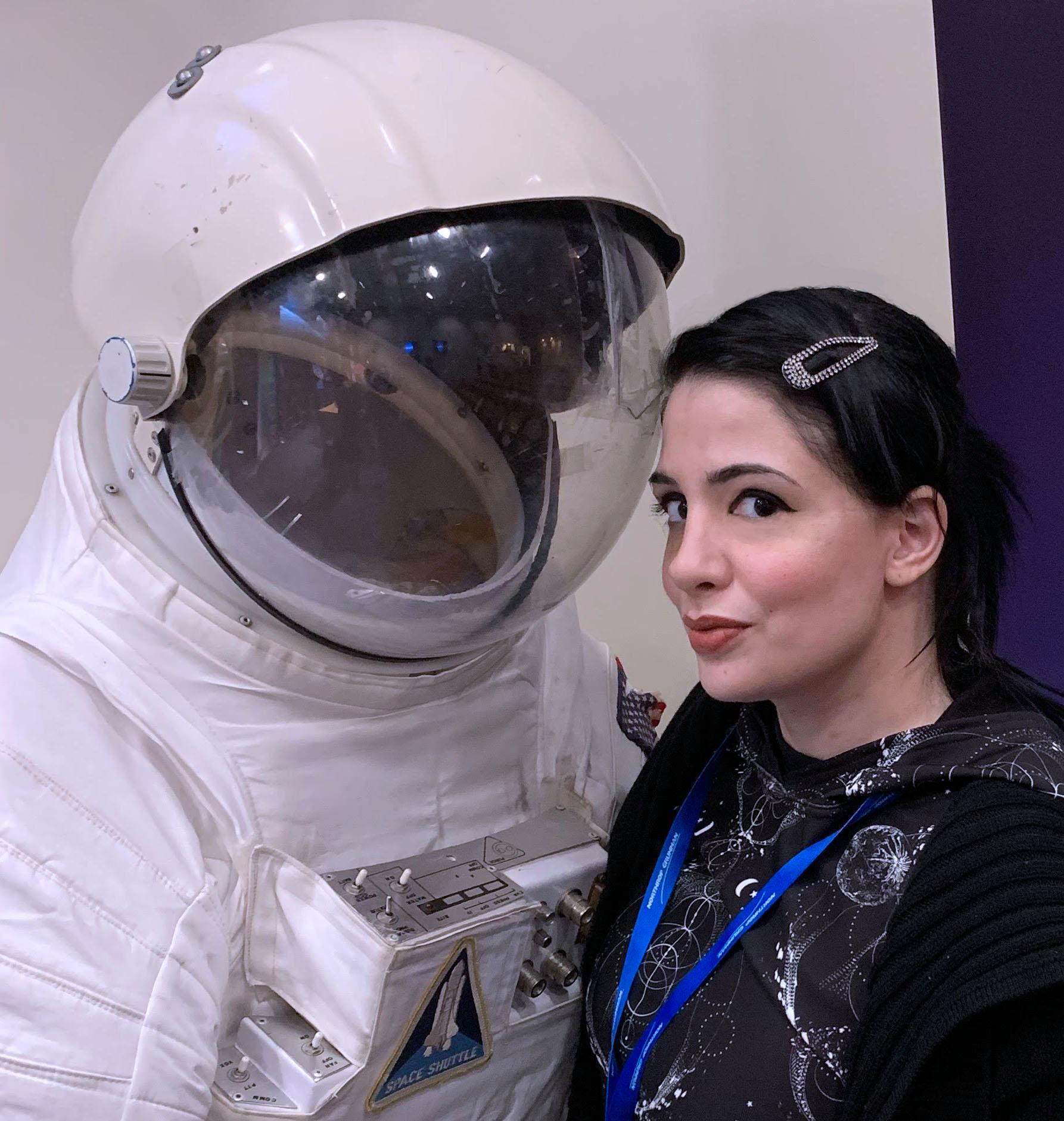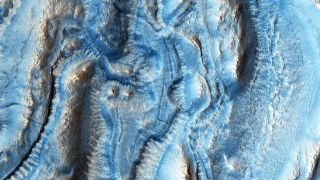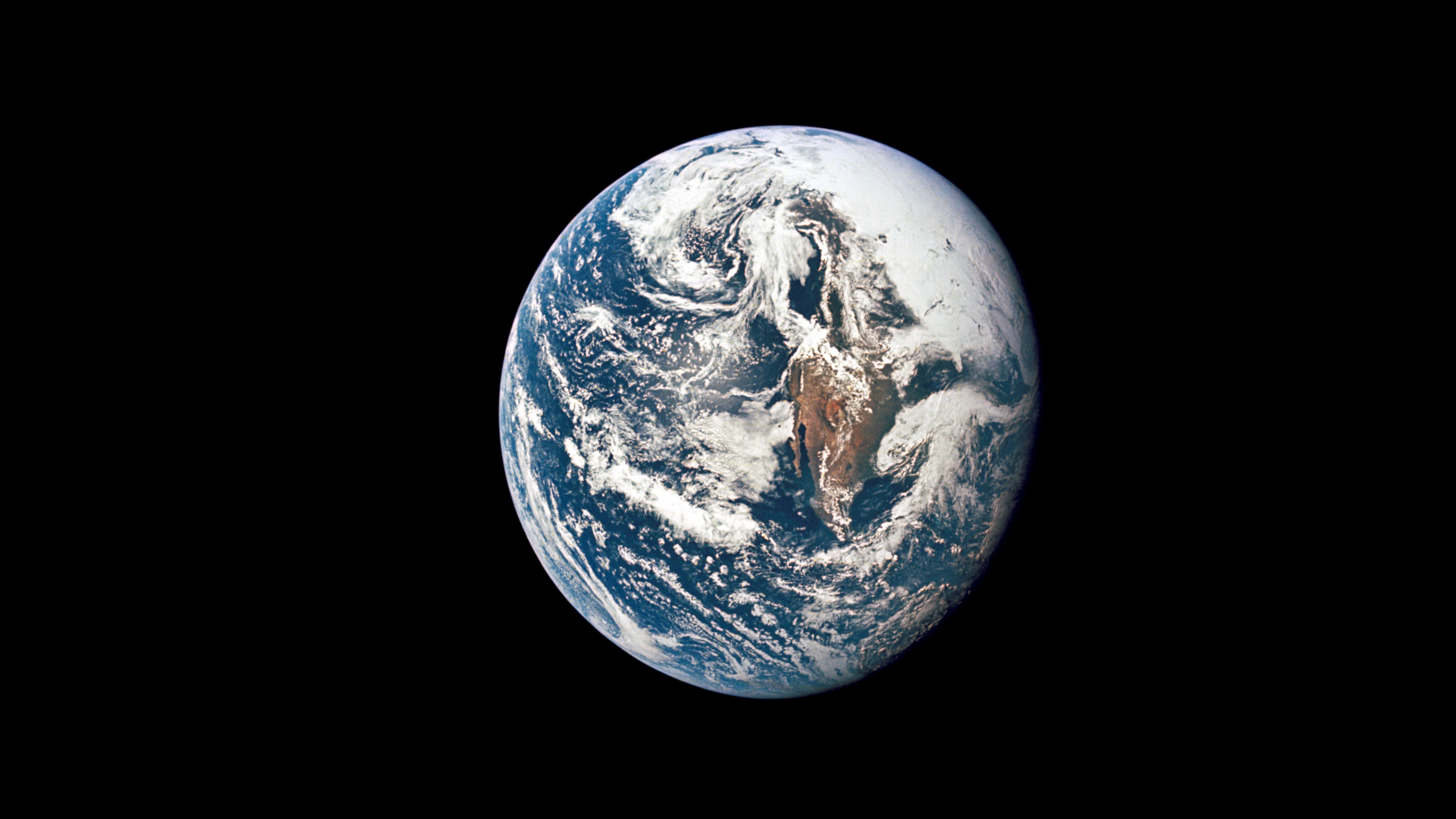Elizabeth Rayne is a freelance science journalist and Space.com contributor based right outside NYC. She holds a BA in English literature from Fairfield University and an MA in English writing from Fordham University. Her fascination with the cosmos was sparked by Space Mountain on her first trip to Disneyworld and all the PBS space documentaries she watched growing up (that was the upside of not having cable). Elizabeth also writes for Live Science, and her work has previously appeared on SYFY WIRE. She is a self-proclaimed Trekkie who dabbles in science fiction and is owned by a parrot.
Latest articles by Elizabeth Rayne
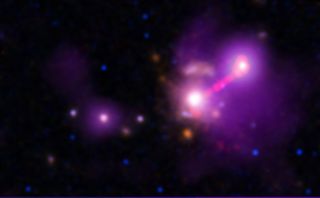
Newfound lonely galaxy is isolated because it ate all its friends (video)
By Elizabeth Rayne published
A distant galaxy is alone because it devoured the other galaxies that once surrounded it, a new study suggests.
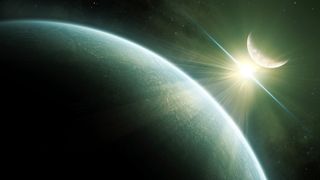
Sorry, Spock, but planet Vulcan's real-life doppelgänger doesn't exist
By Elizabeth Rayne published
A real-life version of Spock's home exoplanet in the 'Star Trek' universe has turned out to be nothing more than fiction.
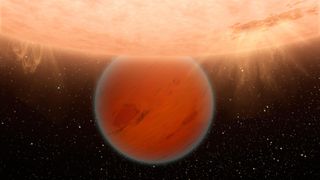
Why are there so few 'hot Neptune' exoplanets?
By Elizabeth Rayne published
There's apparently a dearth of close-orbiting Neptune-size planets in our galaxy, and two observation techniques are starting to explain why.

Meteorite that crashed onto UK driveway contains the building blocks of life
By Elizabeth Rayne published
Amino acids, the building blocks of life, have been found in the nearly pristine Winchcombe meteorite.
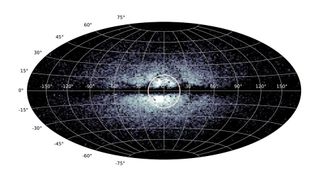
Milky Way's 'poor old heart' could reveal how our galaxy formed
By Elizabeth Rayne published
Through what they call "galactic archaeology," astronomers trained an AI to detect the oldest stars hiding in the Milky Way's core.
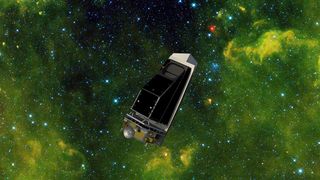
Construction begins on NASA's NEO Surveyor asteroid-hunting telescope
By Elizabeth Rayne published
NASA's NEO Surveyor, a telescope that will look for near-Earth asteroids, is now being built.
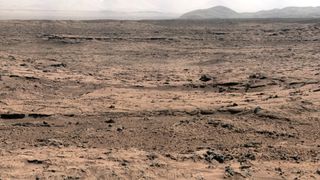
Curiosity rover discovers opal gems on Mars with clues to watery past
By Elizabeth Rayne published
Opals, which contain a lot of water, have been found on Mars. They might be an indicator of past life and possibly a source of water for astronauts in the future.

Megadrought on Earth affected gravity waves at the edge of space
By Elizabeth Rayne published
An intense drought that has persisted on Earth for over two decades is now thought to have affected gravity wave activity where our planet's atmosphere meets outer space
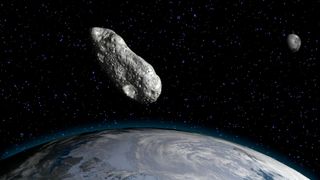
Meteorites reveal how they brought space water to Earth
By Elizabeth Rayne published
Meteorites that fall to Earth are ancient time capsules, and scientists who merged two imaging techniques may be able to tell us if and how they brought water to Earth.
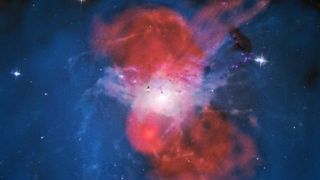
Breathtaking image of galaxy cluster made by merging X-ray and radio data
By Elizabeth Rayne published
A structure in the heart of the Perseus galaxy cluster can now be seen as an otherworldly display of reds and blues thanks to a new technique that involves merging X-ray and radio data.
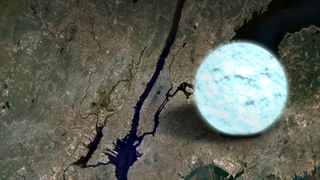
A new approach might help scientists see inside a neutron star
By Elizabeth Rayne published
Astrophysicists tested a potential approach to determining the state of the matter inside a neutron star, a tricky feat.
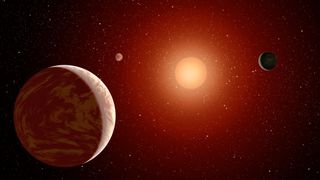
What's that smell? Broccoli emits gas that could signal presence of alien life
By Elizabeth Rayne published
Broccoli, algae and many other plants and microbes on Earth purge toxins by morphing them into gases that might be present in exoplanet atmospheres, signaling life.
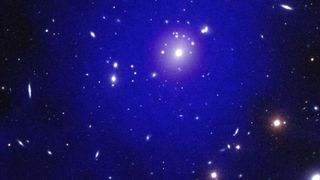
Epic galaxy collision hints at answer to missing matter mystery
By Elizabeth Rayne published
Astronomers using NASA's Chandra Observatory to watch galaxy collisions in the cluster Abell 98 have found what may be evidence of the universe's missing matter.
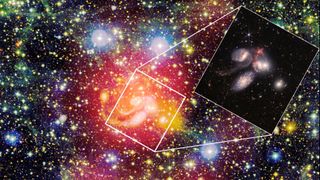
Scientists discover largest gas cloud in space that's 20 times bigger than the Milky Way
By Elizabeth Rayne published
Glowing in the Pegasus constellation are five apparently closely packed galaxies known as Stephan's Quintet — and they are whispering the secrets of galactic evolution to scientists.

Oldest star map ever might have finally been unearthed
By Elizabeth Rayne last updated
The discovery has also revealed star coordinates, meaning Hipparchus was the first to use them for determining the positions of those stars.
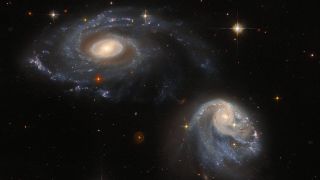
Hubble Space Telescope watches galaxies' destructive dance in new photo
By Elizabeth Rayne published
These galaxies may look like they are performing a cosmic waltz, but the spirals are actually trapped in a dance of death that will someday end in a violent crash.
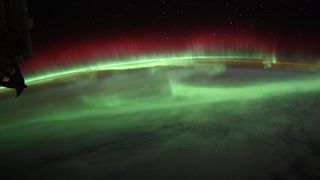
Auroras blasted a 250-mile-wide hole in Earth's ozone layer
By Elizabeth Rayne published
Auroras set off spectacular light shows in the night sky, but they are also illuminating another reason the ozone layer is being eaten away.
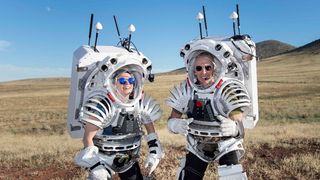
NASA astronauts 'moonwalk' in the Arizona desert for our lunar future
By Elizabeth Rayne last updated
NASA astronauts will be spending time in a simulated lunar environment in the Arizona desert, to see what Artemis moon missions will face.
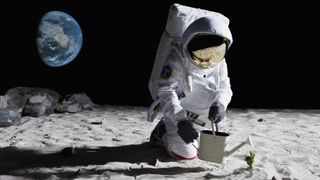
Seeds launching to the moon in 2025 will test plant resilience
By Elizabeth Rayne published
The moon is a lifeless rock, but despite no living thing ever having been found on its desolate surface, some forms of Earth life might be able to make it.
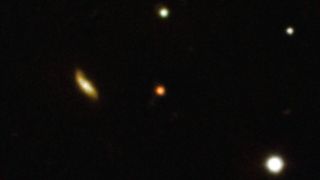
Astronomers discover ancient, very distant gamma-ray burst
By Elizabeth Rayne published
NASA's Neil Gehrels Swift Observatory was peering through eons and eons in September 2021 when it spotted a dramatic explosion, a gamma-ray burst that had gone off in the early universe.

Can solar storms cause tsunamis?
By Elizabeth Rayne last updated
Solar storms can mess with Earth, but can they kick up a tsunami?
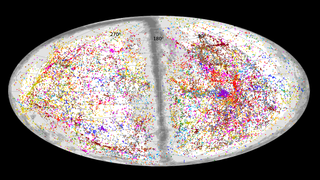
Largest-ever map of 56,000 galaxies is demystifying the universe's expansion
By Elizabeth Rayne published
A new map of 56,000 galaxies has helped researchers estimate the size and expansion rate of the universe with more precision than ever.
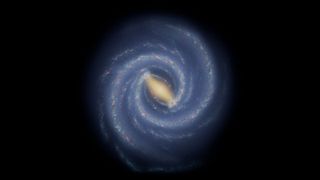
First ever map of Milky Way's galactic graveyard revealed
By Elizabeth Rayne published
The first ever map of the Milky Way's "graveyard" reveals the galaxy sometimes ejects the corpses of its deceased stars, leaving them roaming the universe as rogue black holes and neutron stars.
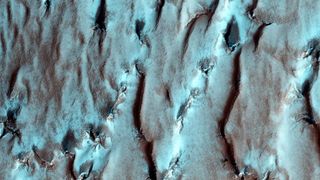
Mysterious reflections on Mars might come from something stranger than water
By Elizabeth Rayne last updated
Scientists revisiting a puzzling signal from the south pole of Mars have suggested a new potential explanation, and it doesn't bode well for hopes of finding liquid water on the Red Planet.
Breaking space news, the latest updates on rocket launches, skywatching events and more!
